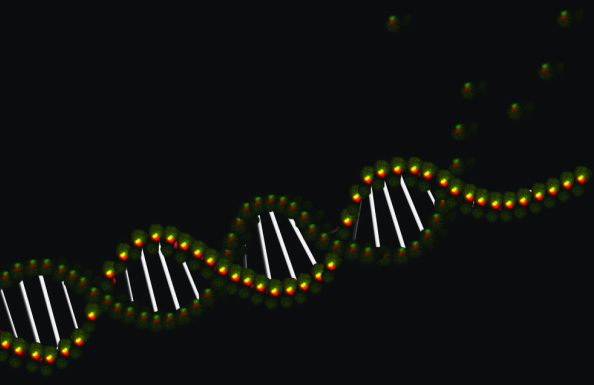Background:
Repair of DNA damage is crucial to prevent accumulation of mutations that can cause human disease, such as cancer. Our lab studies how double-strand breaks in the DNA, one of the most lethal types of DNA lesions, are repaired. Many proteins are important for DNA repair including the Shu complex and the Rad51 paralogs, whose mutation is associated with cancer predisposition and Fanconi anemia. Our lab uses cell biological, molecular, and genetic approaches to study the role of double-strand break repair proteins, such as the Shu complex and the Rad51 paralogs, in response to DNA damage. By understanding the mechanism of double-strand break repair and the role of DNA repair proteins in this process, we will uncover mechanisms of tumorigenesis and cancer progression. We will then use this knowledge to aid in diagnosis/prognosis of different types of cancers and to find novel therapeutic targets.
Research Projects:
1) Determine how the Shu complex and the Rad51 paralogs promote genetic recombination
2) Uncover the role of the human RAD51 paralogs and their contribution to cancer development and their response to therapy
3) Determine the role of the Rad51 paralogs in replication fork dynamics and repair after DNA alkylation
4) Uncovering novel strategies towards a Rad51 paralog personalized therapy
Repair of DNA damage is crucial to prevent accumulation of mutations that can cause human disease, such as cancer. Our lab studies how double-strand breaks in the DNA, one of the most lethal types of DNA lesions, are repaired. Many proteins are important for DNA repair including the Shu complex and the Rad51 paralogs, whose mutation is associated with cancer predisposition and Fanconi anemia. Our lab uses cell biological, molecular, and genetic approaches to study the role of double-strand break repair proteins, such as the Shu complex and the Rad51 paralogs, in response to DNA damage. By understanding the mechanism of double-strand break repair and the role of DNA repair proteins in this process, we will uncover mechanisms of tumorigenesis and cancer progression. We will then use this knowledge to aid in diagnosis/prognosis of different types of cancers and to find novel therapeutic targets.
Research Projects:
1) Determine how the Shu complex and the Rad51 paralogs promote genetic recombination
2) Uncover the role of the human RAD51 paralogs and their contribution to cancer development and their response to therapy
3) Determine the role of the Rad51 paralogs in replication fork dynamics and repair after DNA alkylation
4) Uncovering novel strategies towards a Rad51 paralog personalized therapy
